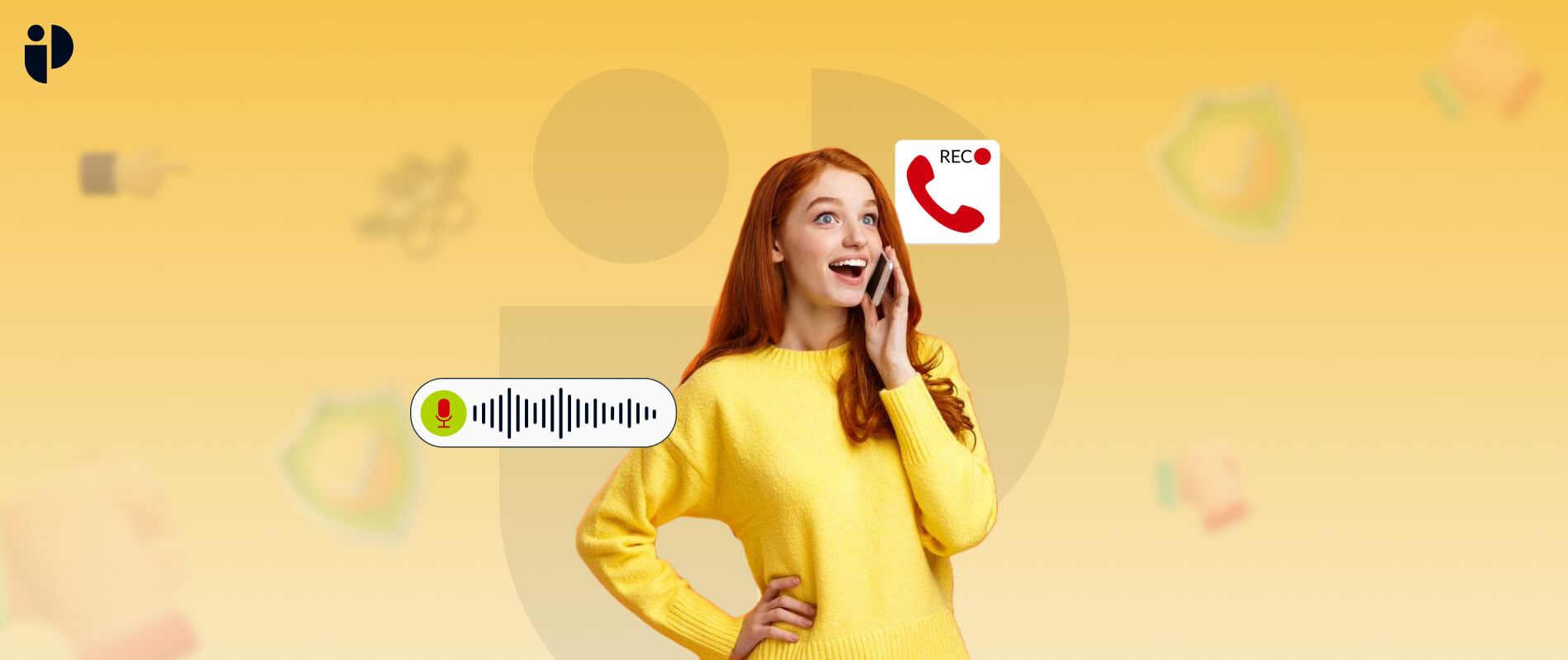FOMO, or Fear of Missing Out, has become increasingly prevalent in today’s digital age, where connectedness is at our fingertips, particularly among children and teenagers.
FOMO is defined as a strong worry or fear that others are having interesting experiences or engaging in events that one will miss out on.
The continual stream of updates and activities on social media sites often fuels this worry. To safeguard your child’s digital safety and emotional well-being, you must not only understand FOMO but also actively monitor and supervise their online behaviors. In this in-depth guide, we’ll look at what FOMO is, how it affects children, and practical tactics for successful online supervision.
What is FOMO?
According to the World Journal of Clinical Cases, FOMO is an abbreviation for “fear of missing out.” It is an emotional reaction that arises when people believe that others are having better or more satisfying lives than they are.
FOMO can result from the belief that others are enjoying better lives, having more fun, or participating in interesting events that one is not.
In 2004, the word was used to describe a phenomena witnessed on social networking sites. It entails two processes:
- The dread of regret over missed chances.
- The need to be always connected and aware of what others are doing.
FOMO can lead to feelings of isolation and worry. 1
Effects of FOMO on Kids
Research articles provide insights into the symptoms and effects of FOMO. Let’s explore some of these symptoms and effects based on the search results:
Symptoms of FOMO:
According to Journal of Pedagogical Research, symptoms of FOMO can include:
- Constant anxiety, nervousness, and second-guessing of judgements.
- Feeling distant from current events and social standards.
- Checking SMS messages and notifications on a regular basis.
- Fear of being badly discussed or socially appraised.
- Anxiety, self-criticism, and depression symptoms.2
Effects of FOMO
FOMO’s impacts might vary and affect different elements of a person’s life. Based on the research results, here are some effects:
- Mental Health
FOMO can cause anxiety, despair, low self-esteem, and feelings of loneliness.
- Physical Health
Over-committing to social engagements and activities in order to avoid FOMO can result in exhaustion, headaches, a lack of motivation, and burnout.
- Unsafe or Dangerous Behaviors
FOMO, especially in teens, can push people to participate in unsafe behaviors and overlook repercussions.
- Addictive Social Media Use
FOMO has been linked to addictive social media behaviors, interrupted sleep, and a lack of attention.3
Effective Strategies for Monitoring Kids’ Online Habits
Communication That Is Both Open And Nonjudgmental
Maintain open lines of communication with your children regarding their online activities, friends, and worries. Make a secure area for kids to express their emotions and activities without fear of being judged. It fosters parental-child trust and understanding.
Set Firm Boundaries
Make explicit guidelines regarding screen time and online usage. Discuss the significance of balancing online and offline activities, and set acceptable screen time restrictions to avoid overuse. It promotes responsible internet behavior.
Educate on FOMO
Teach your children about FOMO, emphasizing that what they see on social media may not always be accurate. Assist them in prioritizing in-person encounters over online validation. It increases awareness and allows for more informed decision-making.
Make Use Of Parental Control Software
Use parental control software to follow your children’s internet activities, monitor the apps they use, and establish time limitations. Some technologies can also prevent access to inappropriate content. It improves online security and monitoring.
Encourage Offline Activities
Encourage your children to participate in extracurricular activities such as sports, hobbies, and spending time with friends and family. These activities can help them minimize their reliance on technology. It promotes a healthy balance of online and offline life.
Be a Good Role Model
Exhibit healthy online behaviors yourself. Show your children the value of disconnecting from screens, participating in offline activities, and maintaining important real-world contacts. It exemplifies appropriate internet behavior.
Instill Digital Literacy
Teach your children about the impact of social media on mental health and how to examine online content critically. Assist them in distinguishing between created online personas and reality. It teaches your children to think critically.
Keep An Eye On Your Social Media Usage
Maintain an eye on your children’s social media accounts and sites. Keep an eye on their internet interactions, friends, and content exposure, and address any issues as soon as possible. It provides your children with a secure internet environment.
Encourage Self-Esteem
Encourage your children to develop self-esteem and self-worth that are not dependent entirely on online validation. Offline, praise their accomplishments and attributes to increase their confidence. Offline, it increases your child’s self-esteem.
Seek Professional Assistance When Necessary
If you see that your child’s FOMO or online habits are causing considerable anxiety or have a detrimental impact on their mental health, you should seek advice from a mental health expert or counselor. It handles severe distress or mental health problems.
Wrapping Up the Discussion
Understanding FOMO and how it affects children is the first step towards effectively monitoring and managing their online behaviors.
You can help your children navigate the digital world confidently and ethically by encouraging open communication, setting boundaries, educating them about FOMO, using parental control software, supporting offline activities, and being a positive role model.
Monitoring their internet activities is important not only for their safety, but also for their overall well-being in both the online and offline worlds.
References





